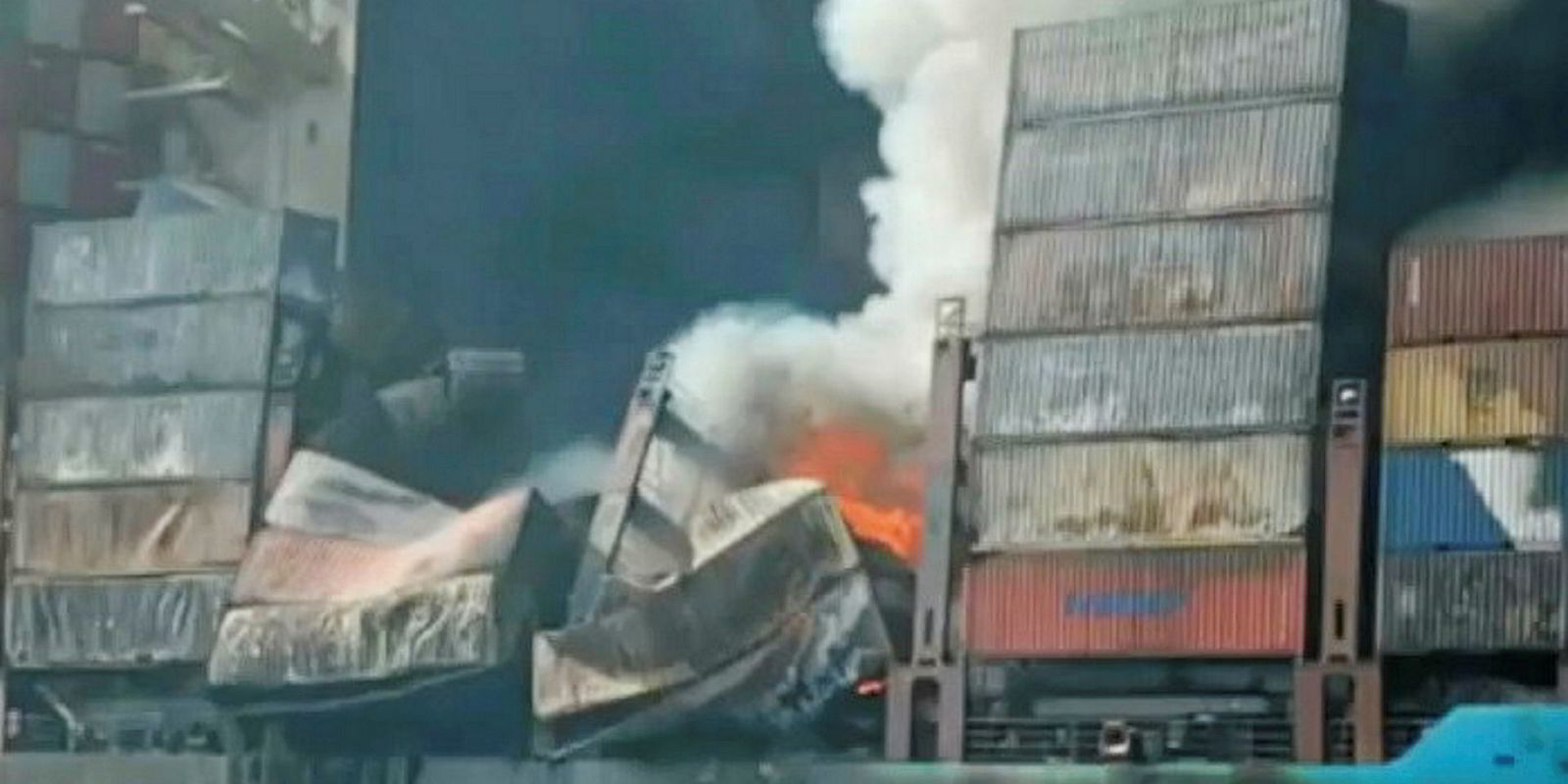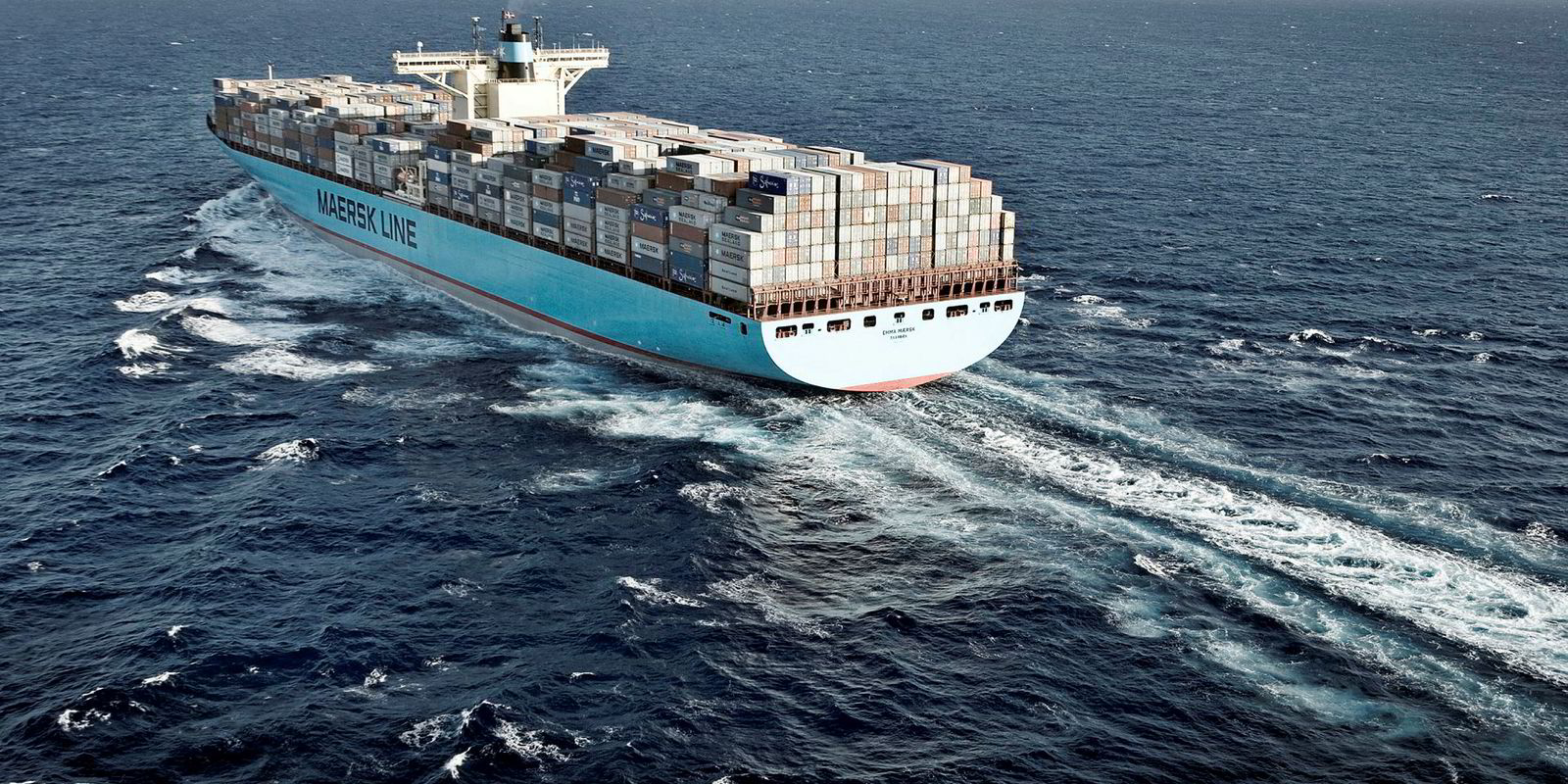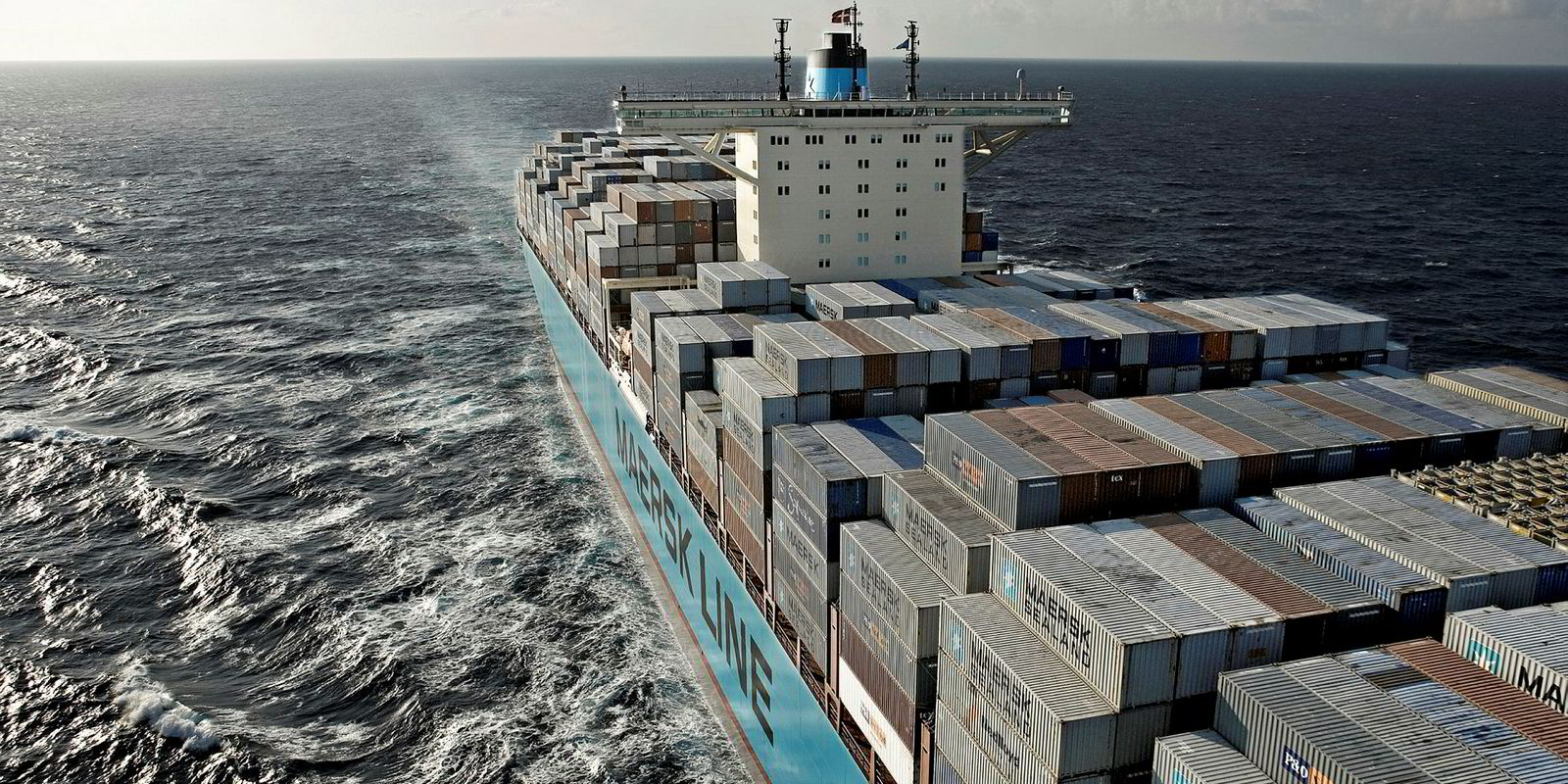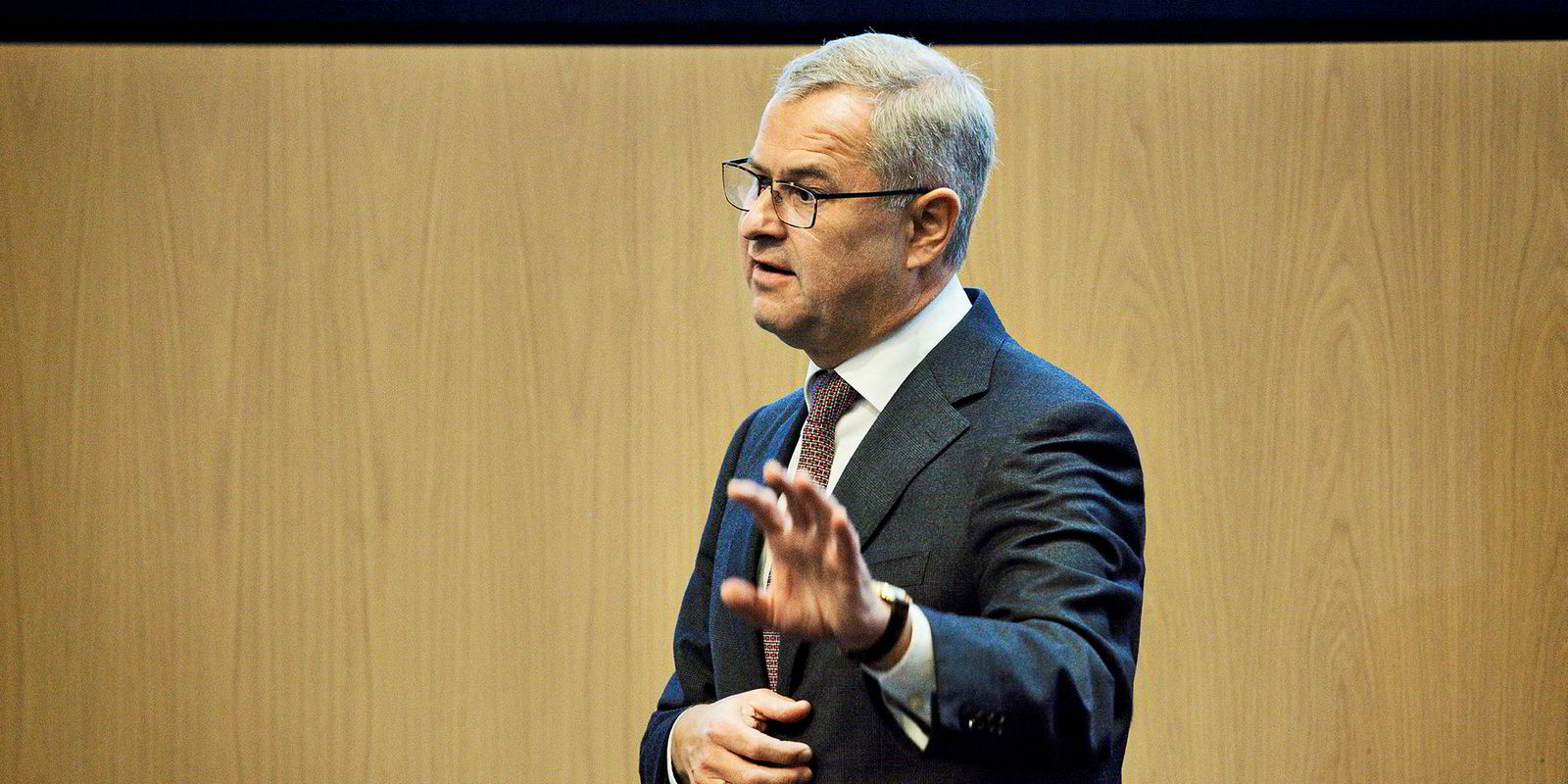Maersk Line will attempt to rebuild the hull of the 15,262-teu Maersk Honam (built 2017) following a massive fire off Oman in March that was feared would leave the ship a constructive total loss (CTL).
The decision to save the hull will come as a huge relief to underwriter XL Catlin, which faced an estimated $102m payout in the case of a CTL.
But there is still likely to be an expensive repair bill in excess of $30m to return the vessel to operations.
The decision to rebuild the ship was taken after a damage assessment revealed the engine room, and main propulsion and machinery components remained intact.
Five of the crew onboard the Maersk Honam died in the incident, yet the unique design of the ship may have played a significant role in preventing the spread of the fire.
The blaze began in the forward container holds and the accommodation unit towards the bow acted as a bulk head, preventing the fire from reaching the stern, where the engine room is located.
TradeWinds understands that, at present, the idea is to cut away the damaged forward section of the ship, including the accommodation unit.
A new bow and accommodation unit will be rebuilt and the vessel will then be reassembled in dry dock. Maersk has not yet selected a shipyard to undertake the work.
The Maersk Honam has been fully lightered of its cargo and returned to Maersk Line by salvage companies Ardent and Smit Salvage, which were jointly appointed in the salvage operation under a Lloyd’s Open Form contract.
The current location of the ship will make Middle Eastern shipyards favourites to rebuild the vessel, although the forward hull section and accommodation unit could be feasibly reconstructed in the Far East, if that is a cost-effective solution.
The vessel could return to operation within a year, some observers suggest.
Salvage costs
The total insurance bill was expected to run close to $500m, which includes cargo losses and salvage costs, making it one of shipping’s largest-ever general average claims.
However, that now could be significantly reduced by the decision to rebuild the hull.
Although containership fires are dramatic and often appear catastrophic for the hull, there are other examples of boxships surviving to continue trading.
The 6,750-teu MSC Flaminia (built 2001) caught fire in the Atlantic in 2012 in a blaze that burned for more than three months.
The ship was eventually rebuilt at Romania-based Daewoo-Mangalia Heavy Industries in 2014. It continues to trade under the same name.
The 5,551-teu Hyundai Fortune (built 1996) caught fire in 2006 near the Suez Canal, destroying the accommodation unit and the stern of the ship. However, it was rebuilt at Cosco Zhoushan Shipyard in 2008 and traded for another 10 years before being scrapped in Alang.







